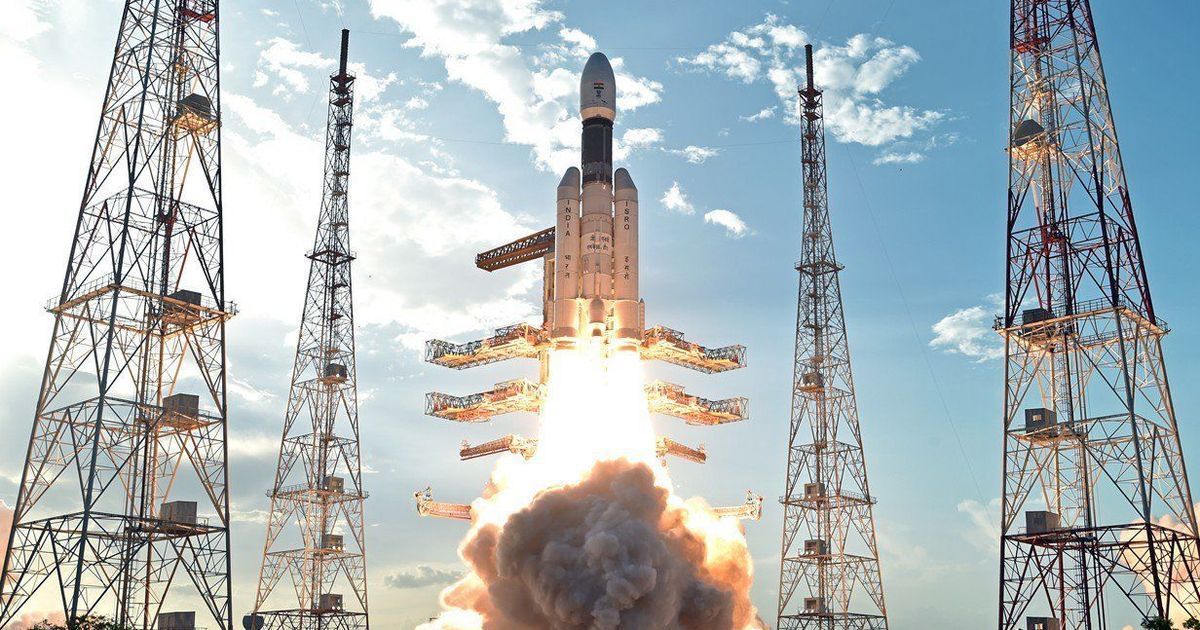Race for Space
Instead of cooperation for benefits of the humanity, the exploration of the space has turned into an intensive competition with national interests superceding global ones.
India plans to break into the exclusive club of countries that have put humans into the space in 2022 by launching its first manned flight, which will send three astronauts in a low earth orbit for a week. This is the latest push by India into strengthening its space ambitions, which so far have been mainly limited to putting satellites, for itself as well as other nations, into the space.
Last year, India created a record of sorts with the launch of 100 satellites in a single mission. India has also launched exploratory, unmanned missions to the Moon and the Mars. But the manned craft would take it to another level.
India’s progress in space exploration would be closely monitored from across the border by China, which, along with Russia and the United States, completes the club of the powers with manned space flights. The expansion of China’s space programme has been by far the most aggressive and clearly indicated at marking the country’s reach for a global superpower in all domains, earthly or beyond.
Earlier in January, China became the first country in the world to explore the ‘dark’ side of the moon, when its moon probe, Chang-e4, landed on the side that is always turned away from the Earth. The probe has gone on to do some unique experiments, including germinating a plant, the first time that ‘life’ has been created by humans anywhere in the space.
Chinese President Xi Jinping has identified space as the next frontier for his country to mark its presence, besides its plans on expanding the Chinese influence on the Earth through initiatives like the Belt & Road Initiative, as well as aggressive Chinese claims in not just the South China Sea, but indeed Africa and even the Arctic and the Antarctica. In the space, China wants to create a permanent space station and send manned missions to the Moon and Mars.
Chinese plans have the United States worried already. Last year, the US vice president Mike Pence unveiled plans for creation of a ‘US Space Force’, justifying it as ‘our adversaries have transformed space into a war-fighting domain’ in reference to the rapid advance that the Chinese have made in the space and their plans for the future. The US has already increased the budgets for NASA and the private sector there, too, has begun participating more actively in the space programme, notably Tesla’s Elon Musk and Amazon’s Jeff Bezos, who are competing to make the biggest heavy-lift rocket in the world, with their SpaceX and Blue Origin projects respectively. The private sector is also close to introduce space travel for civilians.
Though the United States and Russia have shared the International Space Station for decades and have also occasionally welcomed astronauts from third countries, their cooperation in the space has remained limited to this and the two arch-rivals compete fiercely in other domains.
Competing for Space
The reasons behind the competition are manifold. The first is, of course, military. Almost all space programmes in the world started off as defence projects and the civilian applications have more been additional benefits rather than the primary driver of the programmes. As China has begun edging out Russia as the main rival to the US, its military is keenly driving the space programme to be able to match the US in this area.
Besides military applications, countries are also competing in the space to be able to tap the immense natural resources that can be tapped from there. Various nations, notably the US, Russia and China have already begun planning to start mining operations on the near-by stellar bodies to hunt for precious metals and minerals which are in short supply on the Earth or for which the future demand is expected to rise sharply. Though the plans are still on the drawing board, some basic capabilities for mining in the space already exist as many space programmes now include bringing soil and rock samples from the space to the earth for scientific tests.
Lured by the potentially limitless resources in the space, the countries are being guarded and competitive even in these civilian areas. And of course, being space-capable is a very good sign of soft-power that most countries, including India, are keen to show not just to their neighbours but indeed the entire world.
Theoretically, increasing private sector participation in space exploration should open the doors for multinational cooperation as companies would be transnational and go where the clients are. However, governments would need to modify laws as most regulations block other nations access to their space projects. For instance, China cannot work with the US as the US laws ban NASA from working with Chinese (and other foreign powers).
If the politicians can begin to separate their countries’ space programmes into strictly defence applications and dual-use and purely civilian applications, it could open the path for at least some cooperation. Space is boundless and limitless. No country can afford to put the kind of money that would be needed to mount large-scale scientific test and projects to unravel the mysteries of space, but also for a just and sustainable exploitation of spatial resources for the benefits of humanity. There are many tests that can be conducted in a much better and cost-effective fashion due to the conditions being vastly different from those that exist here on the Earth.










